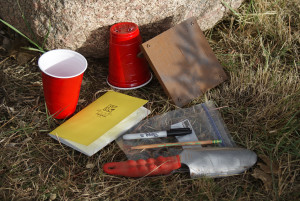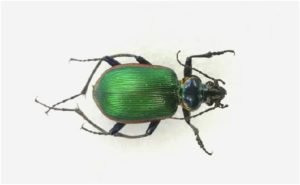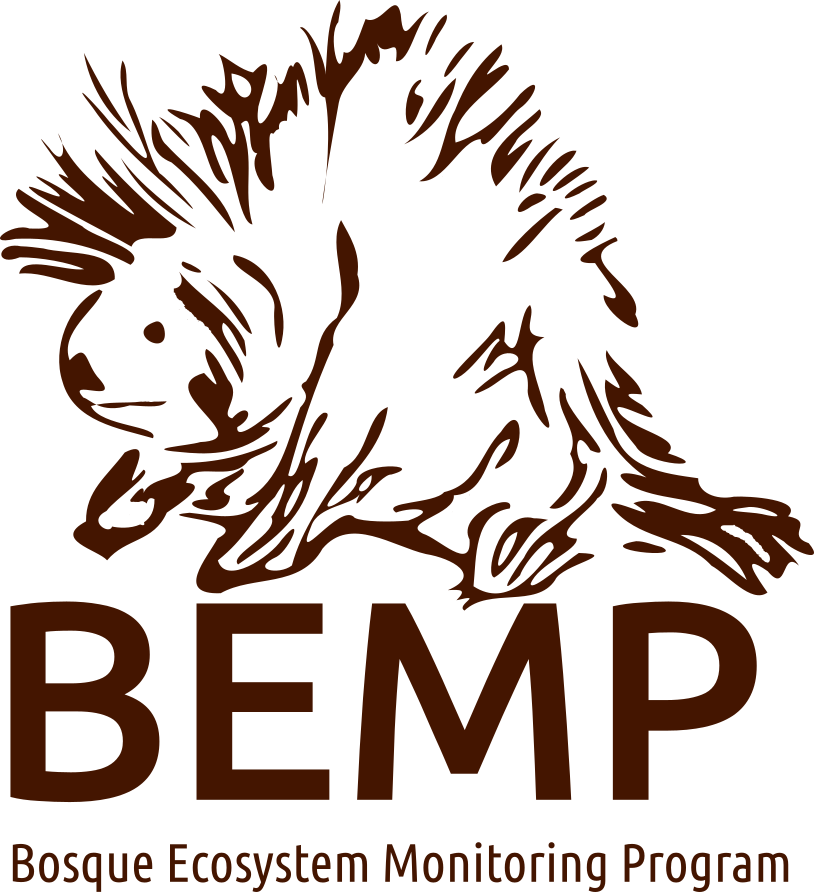“Are we going to see alligators in the river? Will there be tigers in the woods? Are there monkeys here?” The questions children ask when they make their first trip to the bosque reflect their curiosity, imagination, and sense of adventure. As exciting as it would be to see those animals, we won’t be seeing any in our bosque. However, if you have a sharp eye, step off the trail, and get your hands a little dirty, I can show you some animals you can find that very few people know are found here, or even know exist. For example, we may not have alligators but we do have goblins.
Yes, goblins in our bosque!
Some scientists have estimated insects, a single class of arthropod, outnumber humans over 200 million to 1. Despite these immense numbers arthropods are often overlooked or, when looked at, are done so with a certain level of apprehension. Arthropods help to maintain a healthy environment by pollinating flowers, decomposing dead plants and animals, providing a source of food for animals, and functioning as predators, keeping other animal populations in check. All arthropods have unique environmental needs, from the food they eat, the types of shelter they seek out or make, to the temperature and amount of moisture they require. Because of these unique needs, each arthropod can tell an individual story about the environment where it is found.

Supplies for pitfall traps – two cups (one has a hole in the bottom for drainage, a wooden shade cover, a trowel, a collection bag, and recording tools.
Arthropods are collected at each of our BEMP sites three times a year, in May, June, and September. During these times 20 pit-fall traps are set at each site. These traps consist of plastic cups buried level to the ground’s surface. A wooden lid is elevated above the traps to protect them from rain and direct sunlight. This setup allows for surface dwelling arthropods to fall into the traps while the smooth plastic sides prevent them from climbing out. After 48 hours the contents of these traps are taken to UNM where they are identified and counted.
Many arthropods can be referred to as “bio-indicators” due to their ability to reflect environmental changes. These bio-indicators can be looked at to assess the health of the bosque, monitor how the bosque has changed over the years and see how different changes people have made affected the bosque. One example of a bio-indicator are ground beetles (Family: Carabidae). These beetles have been shown to be sensitive to both human and natural disturbances as well as sensitive to moisture levels in an environment; this makes ground beetles ideal organisms to track changes in an environment.

An example of a ground beetle, the fiery searcher, Calosoma scrutator
Just the mere presence of some arthropods makes them scientifically important. An online search of museum databases for goblin spiders (Family: Oonopoidae) in New Mexico reveals only a handful of records scattered across the state.
However, numerous goblin spiders from different genera have been found at several BEMP sites. These and other arthropod records will help increase our understanding of the true distribution of these animals as well as increase our knowledge of the number of arthropods known to live in the bosque.

Adult female goblin spider Orchestina sp. resting on a dime
So, the next time you’re walking through the bosque, keep in mind how important and essential the arthropods around you are, and remember even though you might not see them, somewhere scurrying beneath your feet are goblins…
… Did I mention we have pirates in the bosque too?
Guest Post by Matt Leister, BEMP’s Entomologist

